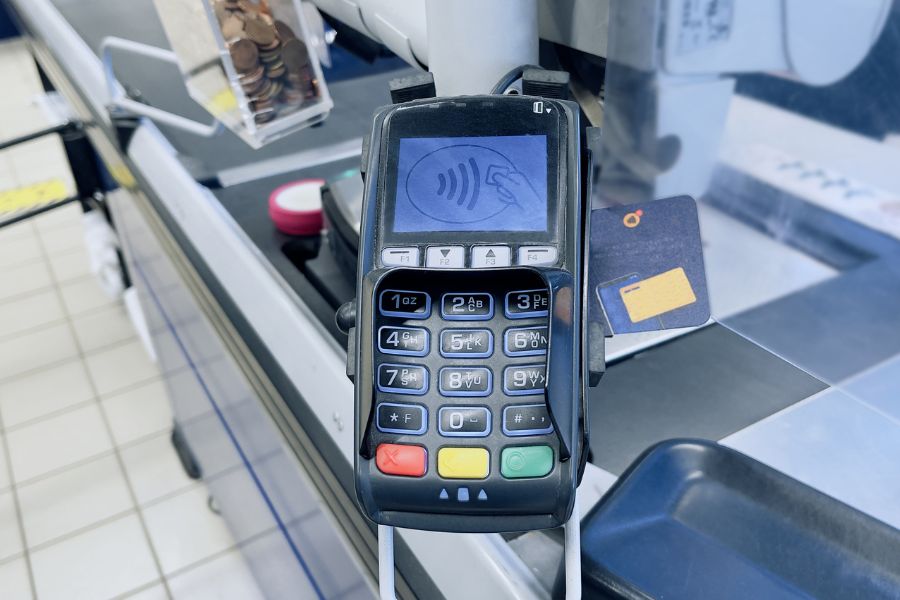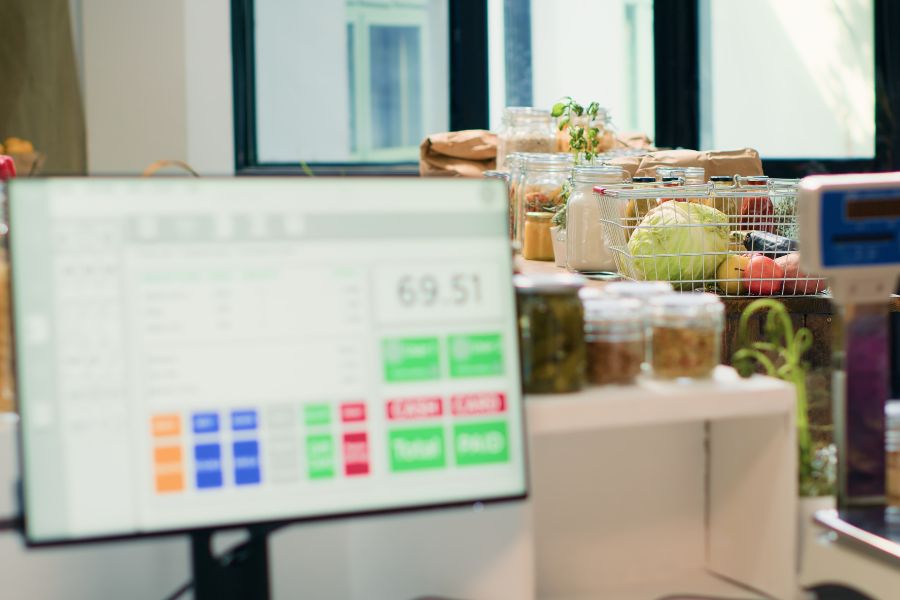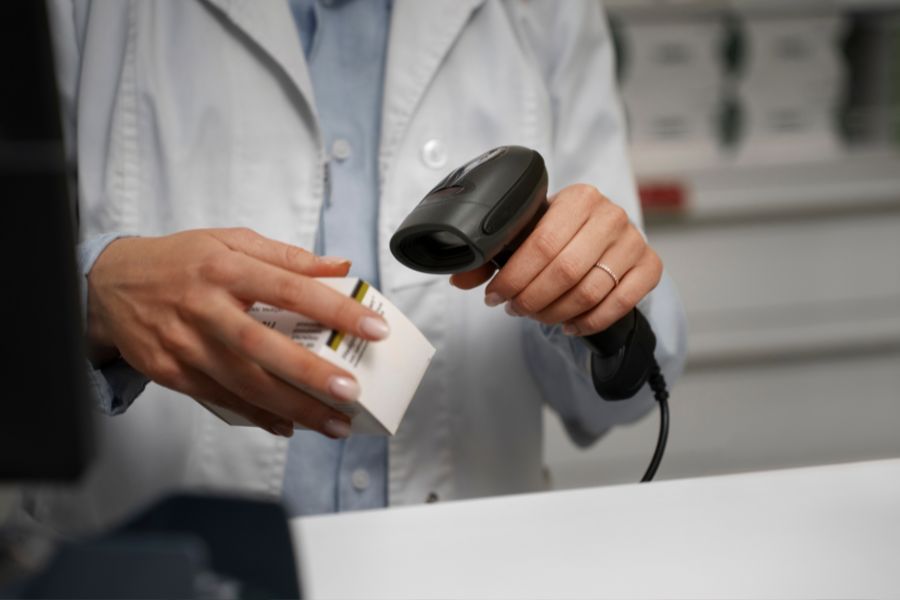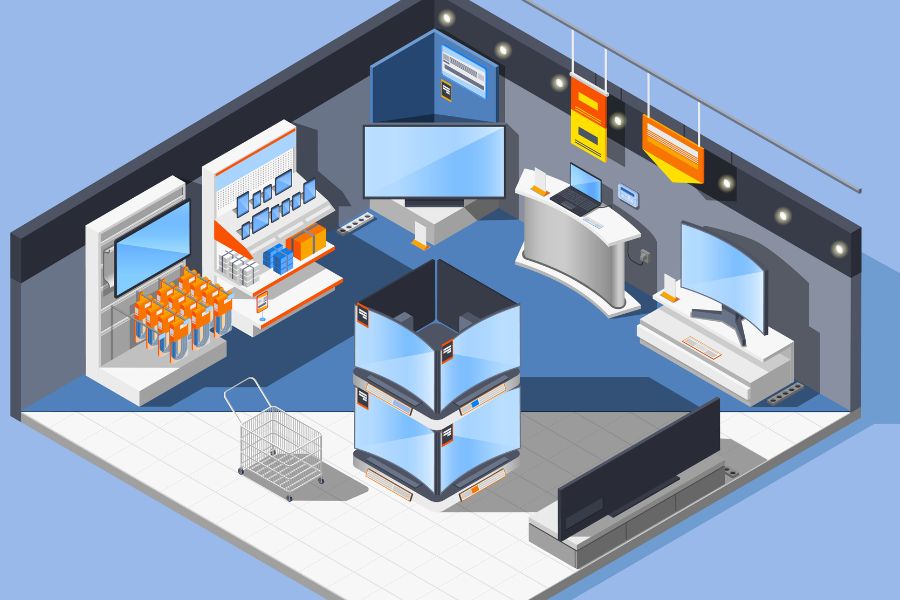A mistake in your inventory system can lead to stockouts, overstocking, and lost sales, all of which can hurt your bottom line. Point of sale automation is changing the game by minimizing human error and providing real-time inventory updates. Modern POS systems equipped with automation not only simplify inventory management but also offer valuable insights that support smarter decision-making. This allows businesses to focus on growth, knowing their inventory is accurate and up-to-date. In this article, we’ll explore how point of sale automation is transforming inventory tracking and the benefits it brings.
Highlights:
- Manual inventory tracking can lead to costly errors, stockouts, and wasted time, slowing down business operations and impacting profitability.
- A modern POS system automates inventory tracking, providing real-time data, reducing human error, and streamlining stock management for greater efficiency.
The Problems with Manual Inventory Tracking
Manual inventory tracking has several challenges and drawbacks for businesses.
There are some key problems associated with it:
- Prone to Errors: Manual entry increases the likelihood of human errors, such as counting errors, misplacing items, data entry mistakes, or recording wrong quantities, leading to inaccurate inventory records.
- Time-Consuming: Manually updating stock levels, logging transactions, and reconciling inventory takes significant time and effort, which could be better spent on other tasks.
- Inaccurate Reporting: Due to delayed or inaccurate updates, manual systems often result in outdated or incorrect reports, making it difficult to assess stock levels or future demand accurately.
- Lack of Real-Time Tracking: Manual methods typically do not provide real-time insights into inventory status, leading to stockouts or overstock situations.
- Limited Scalability: As businesses grow, managing larger inventories manually becomes inefficient and nearly impossible without significant resource investment.
- Higher Costs: Manual tracking often leads to inefficiencies, such as over-ordering, stock wastage, and more labor costs for inventory management.
- Difficulty in Inventory: Verifying inventory levels and identifying discrepancies can be much harder with a manual system due to disorganized or incomplete records.
Automating inventory tracking with software can mitigate these issues by improving accuracy, saving time, and enabling real-time updates.
Overview of Modern POS Systems
Definition and components of a modern POS system
A modern Point of Sale (POS) system is an integrated software and hardware solution designed to process sales transactions and manage various business operations. Unlike traditional cash registers, modern POS systems offer enhanced functionality through automation and cloud-based technology, making them powerful tools for businesses of all sizes.
Key Components of a Modern POS System:
- POS Hardware: Includes devices like barcode scanners, receipt printers, cash drawers, and card readers.
- POS Software: Provides features such as transaction processing, inventory management, sales reporting, and customer relationship management (CRM).
- Cloud Connectivity: Allows real-time data synchronization and remote access to sales and inventory data.
- Mobile POS: Extends functionality to tablets or smartphones, enabling businesses to process sales on the go.
Comparison between manual processes and automated systems
Manual inventory tracking involves physically counting stock, recording sales, and updating spreadsheets, which can be time-consuming and prone to mistakes.
Point of sale (POS) automation streamlines operations by providing immediate updates on stock quantities, reducing manual entry errors, and offering comprehensive reporting on product performance. This automated approach helps businesses maintain accurate inventory, improve efficiency, and make data-driven decisions to optimize sales and stock management.
| Manual Process | Point of sale automation |
| High risk of human error | Minimizes errors through automation |
| Delays in data updates | Real-time data synchronization |
| Limited insights | Detailed analytics and reporting |
Features of Automated Inventory Tracking with POS Systems
From our experience, there are some key features you should seek in a POS system with an integrated inventory management function:
- Real-Time Inventory Updates: Every sale, return, or restock is immediately reflected in the system, providing accurate, up-to-date inventory levels.
- Automatic Stock Reordering: The system can be programmed to trigger reorders when stock falls below a certain threshold, preventing stockouts and overstocking.
- Detailed Sales and Stock Reports: POS systems generate reports on sales trends, best-selling products, and inventory turnover, helping businesses make data-driven decisions.
- Multi-Location Tracking: For businesses with multiple stores or warehouses, automated systems can track inventory across all locations in real time.
- Low Stock Alerts: Automated alerts notify managers when items are running low, ensuring timely restocking.
- Batch and Expiry Tracking: Especially useful for perishable goods, POS systems can track batches and expiration dates, helping businesses manage product life cycles.
- Barcode Scanning: Scanning barcodes speeds up transactions and ensures accuracy when updating stock levels, minimizing human error.
- Inventory Valuation: Automated systems can track the cost of inventory over time, helping businesses with accurate financial accounting and valuation.
- Customer and Sales Insights: Many POS systems link inventory to customer purchase history, allowing for better forecasting, personalized marketing, and inventory planning.
These features make inventory management more efficient, accurate, and scalable, helping businesses save time and reduce costs.
Advantages of Automating Inventory Tracking
Automating inventory tracking provides significant benefits to businesses in a variety of industries.
There are a few of the main advantages:
Reduction in Human Errors: Automated systems not only minimize human errors like data entry mistakes or miscalculations, ensuring accurate inventory records, but also provide real-time updates on stock availability. This level of precision improves traceability and accountability by tracking the movement of items from receipt to shipment.
Improved Inventory Forecasting: With up-to-date data on stock movement, businesses can accurately forecast demand and adjust purchasing strategies accordingly, leading to more efficient stock levels and better cash flow management.
Streamlined Operations: Integration of POS with inventory management streamlines processes, as all transactions update inventory in real-time, enabling smooth operations across locations.
Improved Reporting & Analytics: Automated POS systems generate detailed reports on product performance, trends, and inventory turnover, giving businesses insights to optimize inventory management and make data-driven decisions.
Reduced Costs: Automating inventory tracking allows businesses to manage costs more effectively by minimizing overstocking, reducing stockouts, and optimizing their product mix. Accurate inventory tracking prevents overstocking, which helps lower carrying costs like storage, insurance, and the risk of obsolescence.
Efficiency & Time Savings: Automation eliminates time-consuming operations like inventory counting and spreadsheet updating, freeing up people to focus on higher-value activities. Furthermore, with enhanced real-time visibility into stock levels, firms may optimize inventory management, eliminate stockouts, and boost overall operational efficiency.
Minimized Stock Loss: Automated inventory systems help minimize stock loss through real-time tracking, low stock alerts, and enhanced security measures. These systems can integrate with security protocols to monitor access to inventory, detect unauthorized activity, and strengthen overall inventory protection.
Enhanced Decision-Making: Point of sale automation provide valuable data on purchasing and sales trends, enabling businesses to make informed decisions about inventory levels and product selection. With advanced analytics, businesses can uncover hidden patterns in their inventory data, supporting more strategic decisions.
Improved Customer Satisfaction: Automated inventory systems improve customer satisfaction by ensuring product availability and speeding up order fulfillment. This results in a more reliable shopping experience that encourages customer loyalty.
ConnectPOS: A Modern POS System with Powerful Inventory Management Capabilities
ConnectPOS is a comprehensive POS system designed to meet the diverse needs of modern businesses. With a wide range of features, ConnectPOS helps businesses streamline everything from stock control to sales, offering flexibility and efficiency across multiple operations.
Key capabilities include:
- Real-time Inventory Tracking: Automatically syncs inventory across multiple locations and sales channels, ensuring accuracy and reducing manual errors.
- Multi-location Management: Allows centralized control over inventory across different stores or warehouses, with easy stock transfers and real-time visibility.
- Mobile POS: Equip your staff with the flexibility to process sales on the go, whether on the shop floor or at events, enhancing customer service and mobility.
- Offline Mode: Keep your business running smoothly even during internet outages. Transactions are processed offline and synced once the system is back online, ensuring uninterrupted service.
- Barcode Scanning: Speed up operations by using barcode scanners to handle inventory updates and stock replenishment efficiently.
- Low Stock Alerts & Automated Reordering: Stay ahead of demand with automatic notifications when stock levels fall below a set threshold, with options for automated reordering.
FAQs: Point of Sale Automation
- What are the benefits of real-time inventory tracking?
Real-time inventory tracking provides up-to-date information on stock levels, helping businesses make informed decisions, improve order accuracy, and enhance customer satisfaction by ensuring products are always available.
- How do modern POS systems transform inventory tracking?
Modern POS systems automate inventory tracking, providing real-time data on stock levels, sales trends, and reorder points. This helps businesses optimize inventory management, reduce manual errors, and improve efficiency.
- Are modern POS systems affordable for small businesses ?
Yes, many modern POS systems offer scalable pricing plans that can fit the budgets and needs of small to medium-sized businesses.
Conclusion
Overall, the power of automation in modern POS systems has revolutionized inventory tracking, producing businesses with greater accuracy, efficiency, and control. By automating tasks such as real-time data updates and stock management, companies can reduce errors, lower costs, and make more informed decisions. This shift streamlines operations and enhances customer satisfaction by ensuring products are always available. As businesses continue to adopt automated solutions, they position themselves for long-term success in an increasingly competitive market.
Ready to streamline your inventory management with an automated process? Contact ConnectPOS today.
ConnectPOS is a all-in-one point of sale solution tailored to meet your eCommerce POS needs, streamline business operations, boost sales, and enhance customer experience in diverse industries. We offer custom POS with features, pricing, and plans to suit your unique business requirements.




